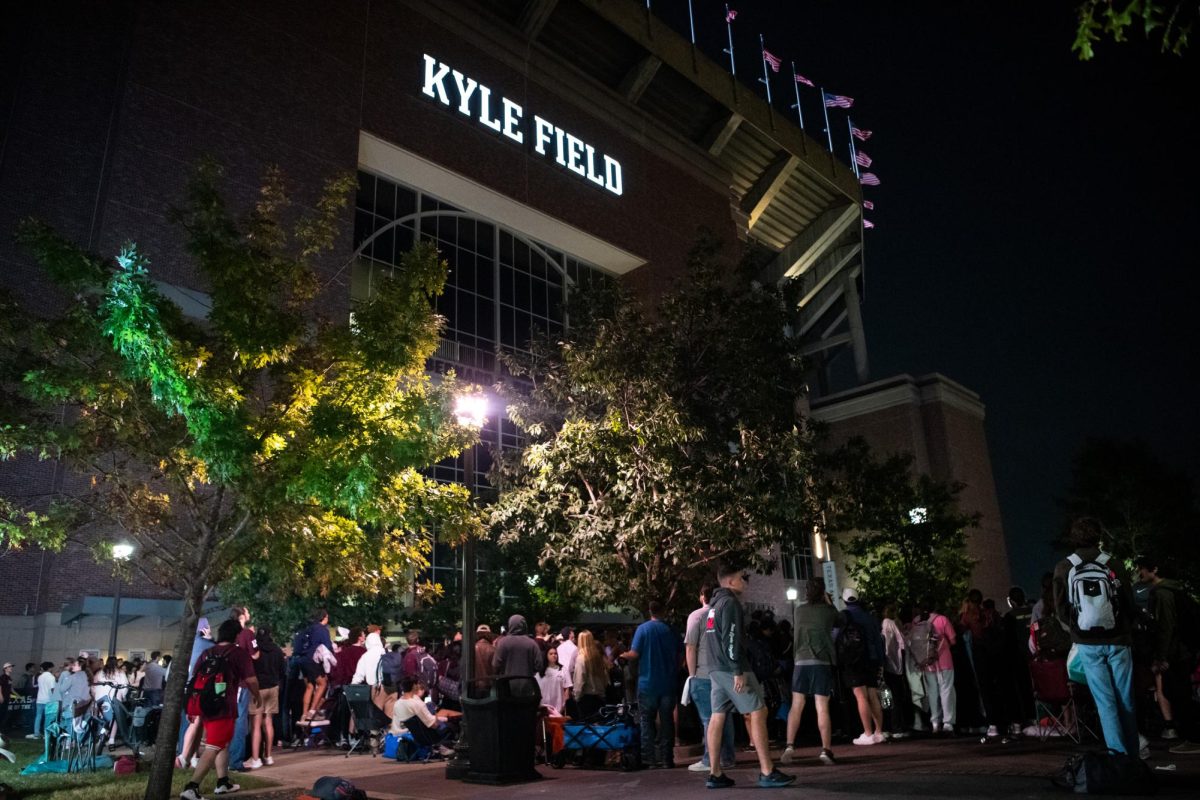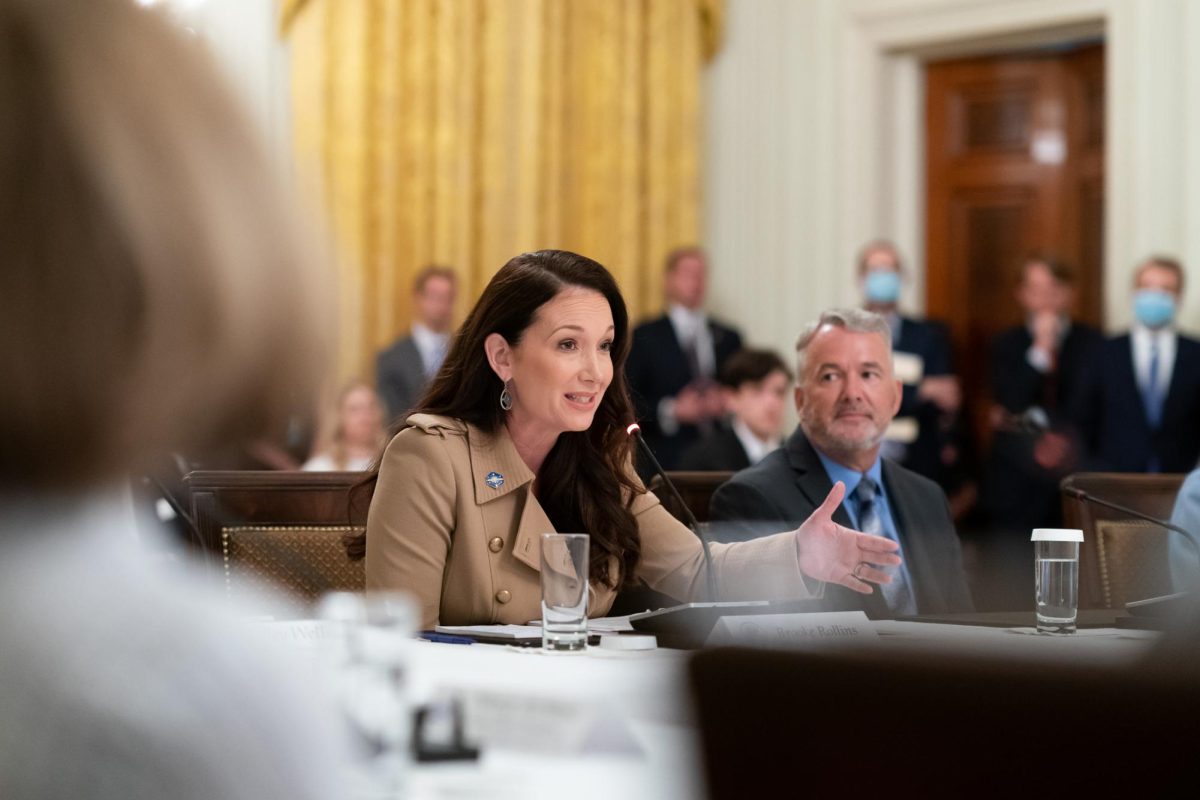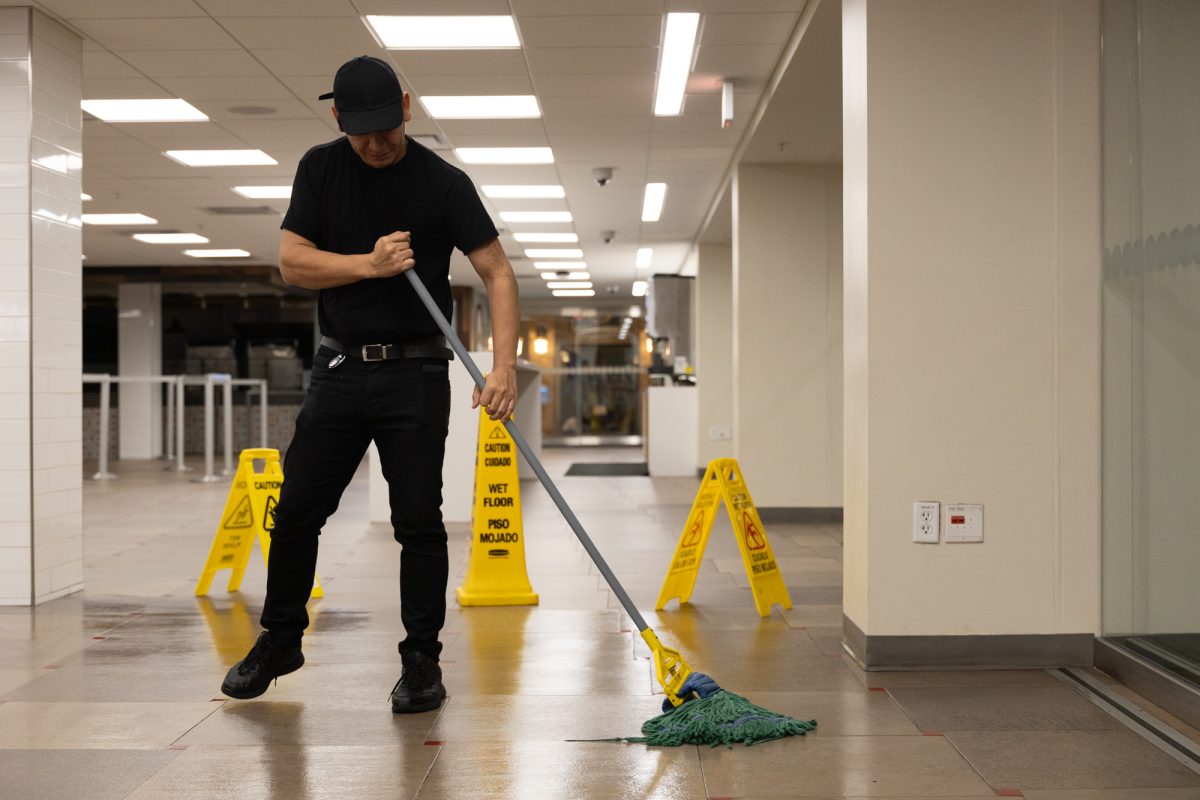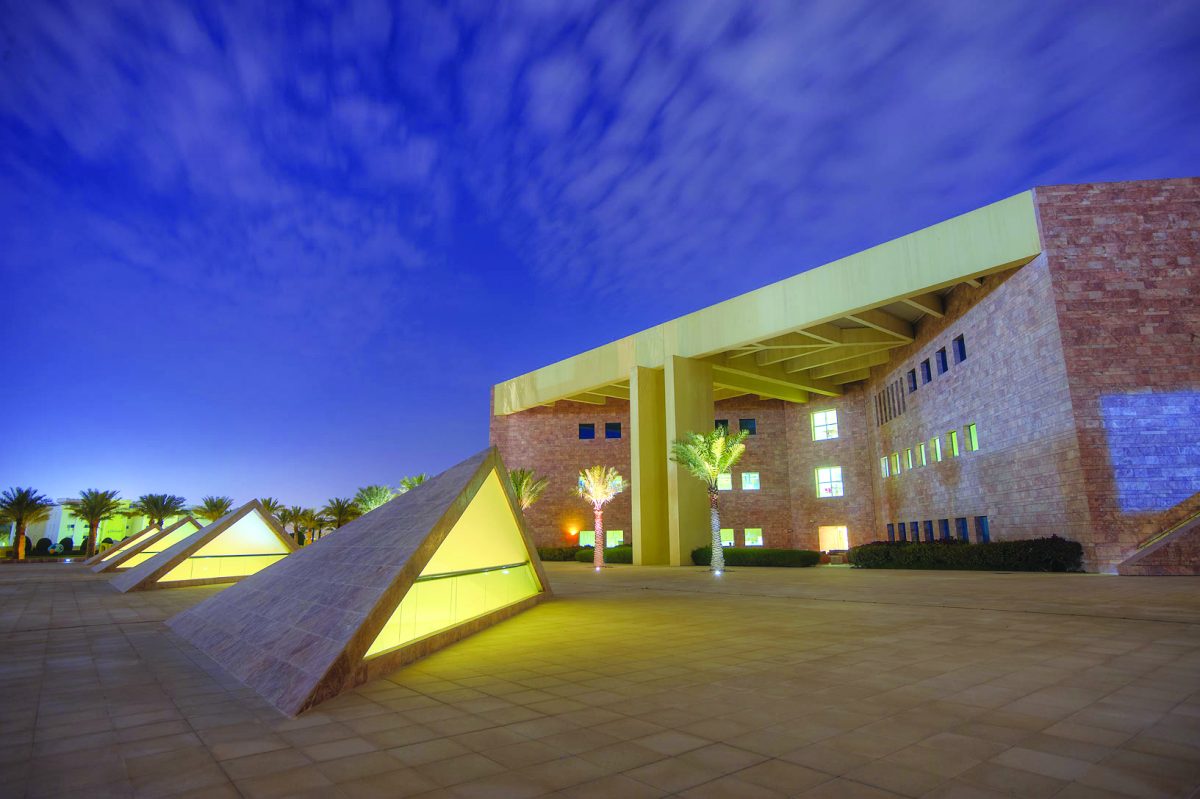Discussing the issues surrounding veteran integration back into a scholarly setting, the Enhancing Diversity Seminar Series launched Monday.
Glenn Phillips, developmental math research associate, presented his research about what it’s like for a veteran to return to school.
While diversity is generally associated with race and gender, Christine Stanley, vice president and associate provost for diversity, said A&M has a broader definition of diversity that includes veterans.
“You will see in our diversity plan a very clearly articulated definition for when we look at diversity, we look at diversity very broadly and it’s based on what we know from the research in higher education,” Stanley said. “So the research in terms of how we define diversity — it’s not just about race ethnicity and gender. It’s about other dimensions in terms of veteran status, political ideologies, sexual orientation, disability and a whole list of human dimensions.”
In the opening lecture, Phillips said he starts his research by evaluating the attitude of “fixing veterans” that many people hold.
“My problem with that idea is, ‘Who said they were broken in the first place?’” Phillips said. “Who determined how we were going to fix them, or what that final fixed will be? These are the base points that my critical approach to veteran research starts out. So instead of assuming that veterans are broken and we need to fix them, I start out questioning what is broken that creates some veterans that are not as successful as others, and then more importantly what systematically makes us assume that veterans are at a disadvantage in some way when many studies show that academically and socially, they’re far more resilient than their civilian counterparts.”
Phillips said some of the problems student veterans face when acclimating back to civilian life stem from the fact that many veterans are older than their fellow students.
“So their degree plan is different, the same expectations aren’t there, and maybe most importantly, to reach back to the community, the people they started with are no longer there,” Phillips said.
One way Phillips said universities can ease the transition back to college life is by providing veterans with a space to be with other veterans.
“One of the things that every single research program puts out there is that veterans need a physical space,” Phillips said. “They need a location that they can identify with that is their space.”
In the rush to provide veterans with this space, Phillips said many universities tend not to take into consideration what the space should be like.
“They don’t really concern themselves with what should be in that physical space, what it should be used for, who should be running it,” Phillips said. “Instead it’s a very easy tick mark to say, ‘Well there’s an unused building on west campus, and there’s a corner that no one else is using, so we’ll just put a sign above it that says ‘Veteran’s Lounge’ and then we can check that off and say that we have that physical space.’”
Phillips said not every veteran even identifies as a veteran.
“The problem is that not everyone self-identifies as a veteran,” Phillips said. “There’s the emotional, social and psychological identification as a veteran that not all veterans feel.”
Likewise, many veterans are not comfortable being constantly thanked for their service, Phillips said.
“We assume that veterans should be so proud of their service, that they would want to identify as a veteran, that their desire is for everyone to know that they’re a veteran,” Phillips said. “Over and over again this is not the case. People do not serve for the glory, and when they come back to colleges and universities they come back for the education. They’re not coming back because they want a parade, and they’re not coming back because they want everyone to thank them for their service.”
Based on his research, Phillips said he believes the solution is to develop a better understanding of when to help.
“If you think a veteran is broken, it’s the system that’s broken, not the veteran,” Phillips said. “And that’s what my work is trying to get at and then hopefully build a way to fight against that.”
Dr. Martha Dannenbaum, director of Student Health Services and a member of the Troops to College Committee, said the lecture offered helpful information she will work to incorporate in her work.
“I very much appreciated what he had to say and the whole critical thought process that went into his research,” Dannenbaum said. “I found it very interesting and enlightening for me as a health care provider working with student veterans and military students as well.”
Researcher: Veterans don’t need to be fixed, the system does
September 28, 2014
0
Donate to The Battalion
Your donation will support the student journalists of Texas A&M University - College Station. Your contribution will allow us to purchase equipment and cover our annual website hosting costs.
More to Discover








